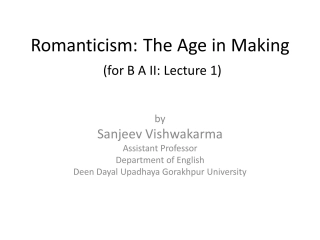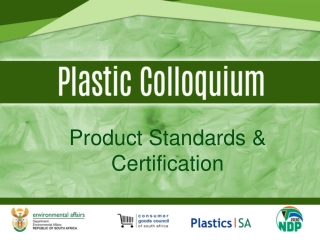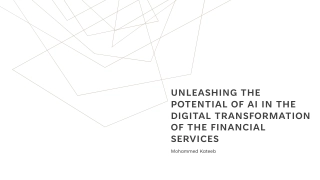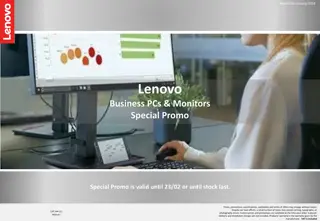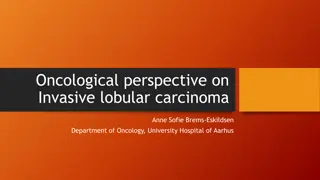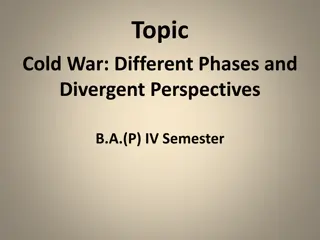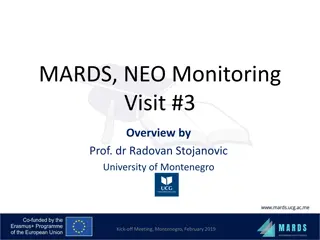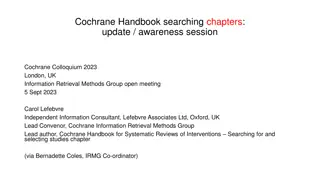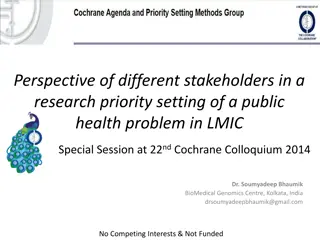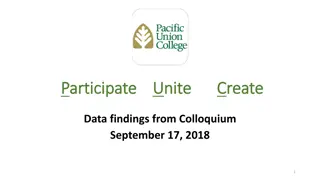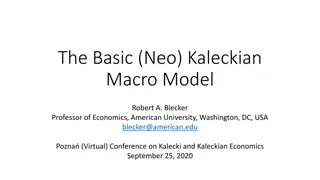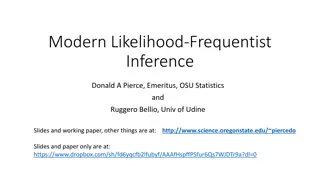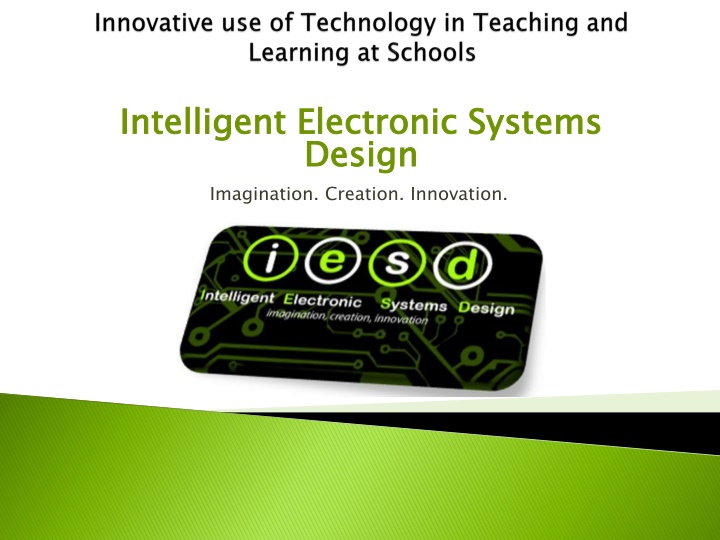
Enhancing Practical Learning Through Technology in Education
Explore how the use of technology can address challenges in practical learning for students in technical subjects, providing engaging simulations and models to deepen understanding and empower learners beyond memorization.
Download Presentation

Please find below an Image/Link to download the presentation.
The content on the website is provided AS IS for your information and personal use only. It may not be sold, licensed, or shared on other websites without obtaining consent from the author. If you encounter any issues during the download, it is possible that the publisher has removed the file from their server.
You are allowed to download the files provided on this website for personal or commercial use, subject to the condition that they are used lawfully. All files are the property of their respective owners.
The content on the website is provided AS IS for your information and personal use only. It may not be sold, licensed, or shared on other websites without obtaining consent from the author.
E N D
Presentation Transcript
Intelligent Electronic Systems Design Intelligent Electronic Systems Design Imagination. Creation. Innovation.
1. Background 2. Current Solutions/Research 3. Technology/ Why 4. Proposed Plan 5. Possible Impact 1. Background 2. Current Solutions/Research 3. Technology/ Why 4. Proposed Plan 5. Possible Impact
Most secondary schools in South Africa have technical subjects/ modules which have technical topic in them. These modules requires that learners to build or demonstrate understanding by means of modeling the principles taught. Access to tools and materials at most schools is a challenge, making demonstrations and building of these models impossible.
At the moment, Schools/ Teachers are tasked to identify possible models they can build, and also identify possible suppliers for the material they need. This leads to some schools not being able to build or demonstrate any model due to lack of access to suppliers/ materials. This deprives other learners of a better understanding of the topics taught.
Learners who do technical subjects are only exposed to theory and not practical learning which basically teaches them memorization. Learners who are doing Accounting, Life Science, Physical Science, Mathematics and other challenging subjects are only taught in class and they have no artificial assistance at the comfort of their homes.
The use of Technology in Teaching and learning has the potential to engage learners in deep learning that empowers understanding as opposed to surface learning that requires only memorization. Therefore deep Learning can be achieved through the use of technology by means of simulations, built models and visual demonstrations.
Deep learning means that students learn the following: 1. The importance of model building 2. The relationship among variables in a model or models. 3. Data issues, probability and sample theory. 4. How to use a model to predict outcomes
Deep learning means that students learn to reflect on intensive things and extend knowledge by: 1. Actively engaging in student-student or instructor-student conversation needed to conduct a simulation. 2. Transferring knowledge to new problems and situations. 3. Seeing social processes and social interactions in action.
Focusing on the current Secondary schools syllabus from Grade 10 to Grade 12, We intend to built models and simulations to demonstrate the different principles/ technologies taught in various subjects. These models should be accessible to all schools, in an attempt to better improve the understanding of the taught principles to all learners.
How to Teach Simulations Instructor preparation. The good news is that instructional simulations can be very effective in stimulating student understanding. The bad news is that many simulations require intensive lesson preparation. 1. Active student participation. The learning effectiveness of instructional stimulation rests on actively engaging students in problem solving. 2. Post-simulation discussion. Students need sufficient time to reflect on the simulation results 3.
Convert all the technical syllabuses into simulation, e.g. Physical Science, Mathematics, Electrical Technology and Engineering Graphic and Design. ICT/ Innovative incubation centres that are run by the youth. High School learners with Varsity students meet and collaborate on ideas. Give grade 10-12 a chance to develop their ideas during holidays and weekends, so that they can be motivated in terms of engaging in the Fourth Industrial Revolution
PROJECT 1:Built a model from the Grade 10 syllabus which is a Traffic Light PROJECT 2: Built a model from the Grade 12 syllabus which is the DC to AC Converter.
The implementation of this research could impact the understanding of subjects by learners, therefore impacting on their results and that of the department. Emanating from the better understanding learners will have from the subjects taught, we believe they can make better informed career choices.
N eo L esako IESD (INTELLIGENT ELECTRONIC SYSTEMS DESIGN) ELECTRICAL ENGINEERING STUDENT

